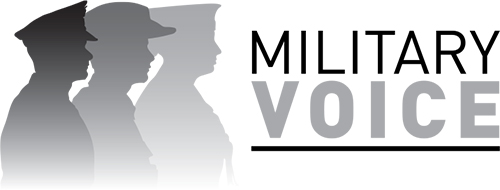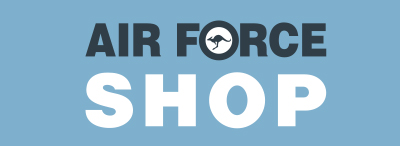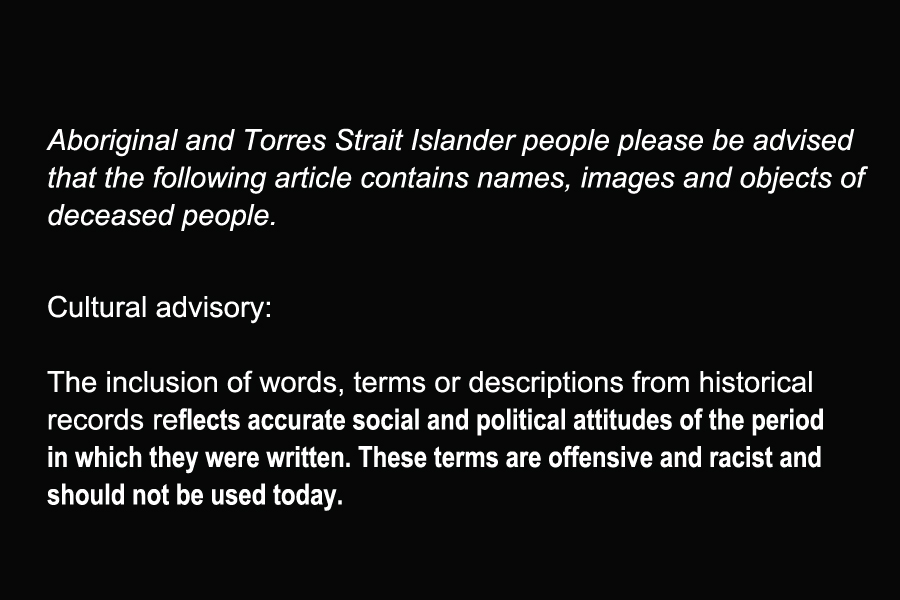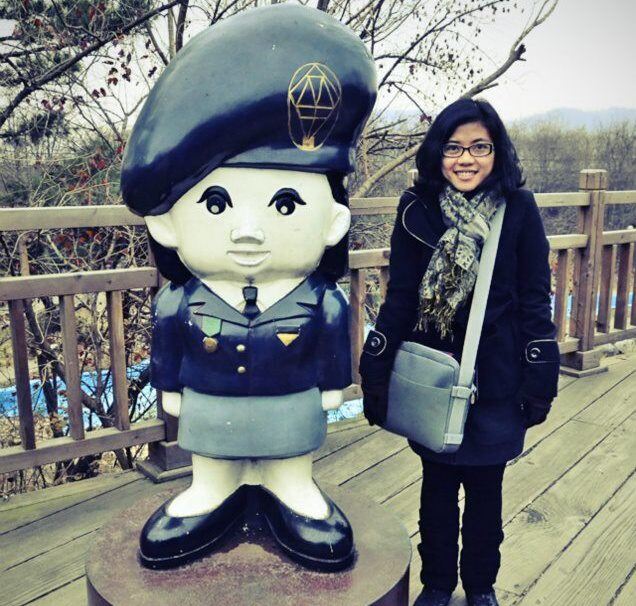The contribution of Aboriginal and Torres Strait Islander peoples to Australia's military history spans over a century, where they have voluntarily offered their services in war zones, thus constituting a crucial aspect of the country's military involvement. Among them, the Lovett family of the Gunditjmara people, who hail from Lake Condah, situated in the southwest Victoria area close to Heywood, are notable for having contributed over 20 members in the service of their country. The tales of their valour and loyalty deserve reiteration.
The First World War saw the first of five Lovett brothers, Alfred John Henry Lovett, enlist. He was a jockey by profession. After training, he joined the 12th Battalion of the Australian Imperial Force (AIF) in France in 1915. During his stay in France, he fought at the Battle of Pozieres. Unfortunately, he had to spend most of his overseas tenure in hospitals due to sickness and injury. Upon his arrival in Australia in 1918, he was deemed unfit for further service and discharged. He married Sarah Spring, and they had two children.

This studio portrait depicts 2919 Private (Pte) Alfred John Henry (Alf) Lovett, a distinguished Aboriginal serviceman from Hamilton, Victoria, alongside his wife Sarah and their two sons, Alfred Patrick Lovett (later VX86391) and Leo Lawrence Lovett (later VX35987). The photograph showcases Pte Lovett holding a rifle, which is propped up against Mrs Lovett's leg. Pte Lovett served as a member of the 6th Reinforcements of the 26th Battalion, departing from Melbourne on 27 October 1915 aboard HMAT Ulysess.
In 1915, a 26-year-old labourer, Edward McDonald Lovett, enlisted in the First World War. He underwent training in Egypt and later served with the 12th Battalion of the AIF in France and Belgium's Western Front. Before leaving for Europe, he married Rose Ann Heron. Upon returning to Australia in 1919, he reunited with his wife, and they had two children.
The third Lovett brother to enlist in 1916 for the Great War was Leonard Charles Lovett, a 36-year-old drover. He served in France and Belgium with the 39th Battalion and was wounded in his arm and leg during the Battle of Passchendaele. He returned to the Western Front after being hospitalised. Upon the War's conclusion, Leonard returned to Australia and worked as a shearer. He and his wife, Elsie, had seven children.
Herbert Stahle Lovett enlisted for the War in 1917 at only 19 years old. He was a labourer and a station hand eager to serve his country. Herbert even lied about his age to the recruitment officers. He served in the trenches with the 5th Machine Gun Battalion on the Western Front, fighting in France and Belgium. After the War, he returned to Australia in 1919 and married Emma Foster. Together, they had six children.
Frederick Amos Lovett, the last of the Lovett brothers, enlisted for service in the First World War when he was 28 and a half years old in 1917. He travelled to Palestine aboard the troopship Kyarra and served with the 29th Reinforcements of the 4th Light Horse Regiment. Although the Light Horsemen fought as dismounted soldiers, they were armed and rode horses into battles. Frederick returned home in 1919 and had 11 children with his wife, Mary Murray Rose.

The Lovett brothers occupy a special place in the history, not just of Australia, but also of the Commonwealth. Four of the brothers served in both World War One (WWI) and World War Two (WWII). Their unique family story has come to symbolise the contribution that thousands of Aboriginal men and women have made to the defence of Australia, even at a time when citizenship rights were denied to them at home.
In 1940, Samuel Alexander Peacock Lovett enlisted in the Second World War at 37. Like his brothers before him, Samuel was determined to serve his country. He was posted to the 2/5th Australian Infantry Battalion, where he served as a runner in Syria and later in Milne Bay, New Guinea. Unfortunately, Samuel was struck with appendicitis during his service and had to return home to recover in 1945. He was married.

Wedding portrait of Aboriginal serviceman, VX61245 Signalman Claude Henry McDonald, and 95994 Aircraftwoman Alice Clarke Lovett
The Lovett family's remarkable history of military service continued with Alice McDonald, the daughter of Leonard Lovett, who joined the Women's Auxiliary Australian Air Force (WAAAF) at 19 years old. Alice served as a mess woman at the Nhill Flight Training School. Her duties included preparing and serving meals for personnel. Similarly, Sarah Pearl Lovett, daughter of Edward Lovett, enlisted in the Australian Women's Army Service (AWAS) when she was 21 in 1943.
Following in his family's footsteps, Ricky Morris, the grandson of Frederick Amos Lovett, served in the Australian Army. As a qualified plumber and gasfitter, Ricky's desire to serve his country was always his priority. Ricky served in both the Army Reserves and the regular Army. He was deployed to East Timor in 1999 as part of the International Force East Timor (INTERFET) and later in Afghanistan in 2008 and 2009 as part of the Mentoring and Reconstruction Task Force. Ricky Morris has been involved in various projects highlighting the service of Indigenous men and women, including his family members.
The Lovett family's connection to the land dates back to 1867, when they, along with other First Nations families, lived at the Lake Condah Aboriginal Mission. After the First World War, many people were forced to leave their homes with the closure of the Lake Condah Mission. In the 1940s, the Federal Government split the land to create blocks for the soldier settlement scheme. The scheme leased farmland to non-Indigenous returned soldiers. None of the returned Indigenous soldiers from the Lake Condah area received land. The families contested this decision for many years until finally, in 1987, the mission lands were handed back to the Gunditjmara people.
The Lovett family's legacy of military service highlights the bravery and sacrifice of all Indigenous Australians who have served their country. From the five brothers who fought in the First World War to Ricky Morris's current service, the Lovett family played a significant role in Australia's military history. We honour their service through poetry, stories, art, music, memorials, and gardens. The Heywood Water Tower features murals that pay special tribute to members of the Lovett and Saunders families. As Australians, we must remember and honour the service of all who have fought for our country, including our Indigenous veterans. The Lovett family's story reminds us of the courage and resilience of First Nations Australians, and we should celebrate and acknowledge their contributions to Australia's military history.
Looking for more inspiring stories? Find more stories of Indigenous Service here.
The Serving Country for 60,000 Years Collection honours and remembers indigenous service









Leave Comment